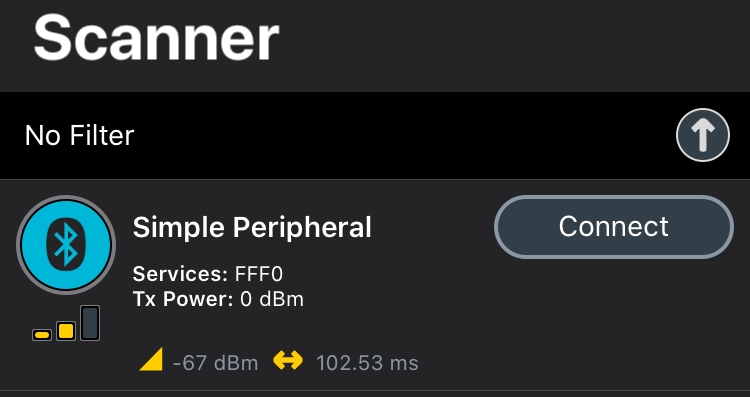Tool/software: Code Composer Studio
Hi,
In simplePeripheral project, there is a "Default Tx Power" configuration under simple_peripheral.syscfg --> Radio: Configure BLE Radio Settings. The value of it is Zero normally but I need to extend the boards connection range and to do that I need to increase it I guess. Anyway, I set this config to 5 and then upload this to device but I cannot understand the tx power was set successfully or not.
How can I check that? (There is an app named NRF Connect. When I checked my board by using this app, I always see "tx pwr: 0" like below. Maybe this is not the correct way to check that I do not know)



